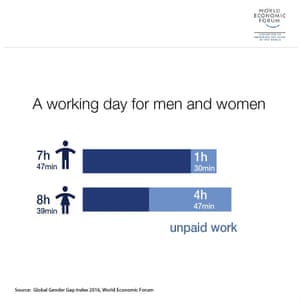
L’Wren Scott, who was discovered dead in New York on Monday soon after an apparent suicide. Photograph: Rex Attributes
What makes a stunning, productive and incredibly wealthy lady get her personal daily life? In lieu of any sort of evidence, the suspected suicide of designer L’Wren Scott is as baffling as it is heartbreaking for anyone who believes that depression is the sole preserve of the bad and unsightly.
Except if, of program, you think that a childless, unmarried lady has each and every purpose in the globe to be depressed.
It truly is there in so considerably of the coverage, but one line in the Daily Mail sums it up: “L’Wren knew that … Mick had no time for matrimony and small for monogamy. She appeared to be enjoying a lengthy game. But after chalking up 12 many years by his side, she could hardly be blamed for hoping for far more.” Besides, regardless of renovating their multimillion-dollar Manhattan appartment 10 many years in the past to consist of “a nursery and nanny quarters … no child ever arrived”.
Really, at 49, what else is a childless lady unable to persuade her extended-phrase spouse to marry her to do but “plunge into depression”?
Mental-overall health workers and charities have struggled for many years to get the rest of us to recognize that depression and suicidal thoughts are not automatically triggered by “bad luck”. But what considerably reporting of these tragic events demonstrates time following time is a refusal to think this, allied with the worst types of gender stereotypes.
This influences men as much, if not a lot more, than women. A report by the Samaritans into the growing suicide costs among guys in 2012 posited the thought that, in the very same way girls should be in want of a little one, men need to be in possession of a good work. With figures revealing that guys aged forty-44 have been the most at risk of truly going by means of with rather than attempting a suicide, the report found: “Males compare themselves against a ‘gold standard’ which prizes energy, control and invincibility.”
Last month, ONS figures unveiled that, in 2012, 4,590 male suicides were registered in the Uk, in contrast with 1,391 female – the biggest gap for thirty many years.
By analysing each and every of these deaths, the report drew some conclusions in a discipline riven by confusion. Two information stand out. The initial is that deprivation and poverty have some effect on costs of suicide: so, men in the lowest socioeconomic group living in the most deprived areas are around 10 times more most likely to kill themselves than men from a lot more privileged socioeconomic backgrounds residing in the most affluent regions.
The second is that about 90% of men and women who destroy themselves have been struggling from a psychiatric disorder at the time of their deaths.
In some approaches these information could contradict every other – is it mental sickness or poverty that leads to despair? But isn’t it attainable, alternatively, to see them as linked: that these living in poverty, in deprived locations, are less very likely to have acquired the psychological-well being assist they need to have ahead of taking their personal lives?
Suicide, virtually extremely hard to comprehend by individuals with no mental sickness, then turns into a blame game, as we clutch at straws to describe why someone could have ended their very own lives. If that man or woman seems to have almost everything that cash and attractiveness can bestow, then the easiest point, specially for journalists chasing deadlines and with huge amounts of space to fill, appears to be to fall back on stereotype.
To be honest, numerous information reports following L’Wren Scott’s death recommend that financial worries may have been at the heart of the difficulty. None of us can really know the effect of corporate losses of £3.5m on a trend designer with multiple homes and rumours of a profitable new deal. As an alternative, reports point out how proud she was of having her own company, specifically when Scott could so effortlessly have gone with the moniker of “Mick Jagger’s girlfriend”.
About 4,400 individuals kill themselves in England each year – that is one death every two hours – and at least 10 occasions that quantity attempt suicide. Maybe the faster we give up this facile gender-based knowing of happiness – girls need to have children and a husband even though guys need to have to work – the better it will be for us all.
• If you are affected by anything at all in this piece, please phone 08457 90 90 90 (United kingdom) 1850 60 90 90 (ROI) or go to samaritans.org. For confidential help, phone the National Suicide Prevention Lifeline on one-800-273-8255.



